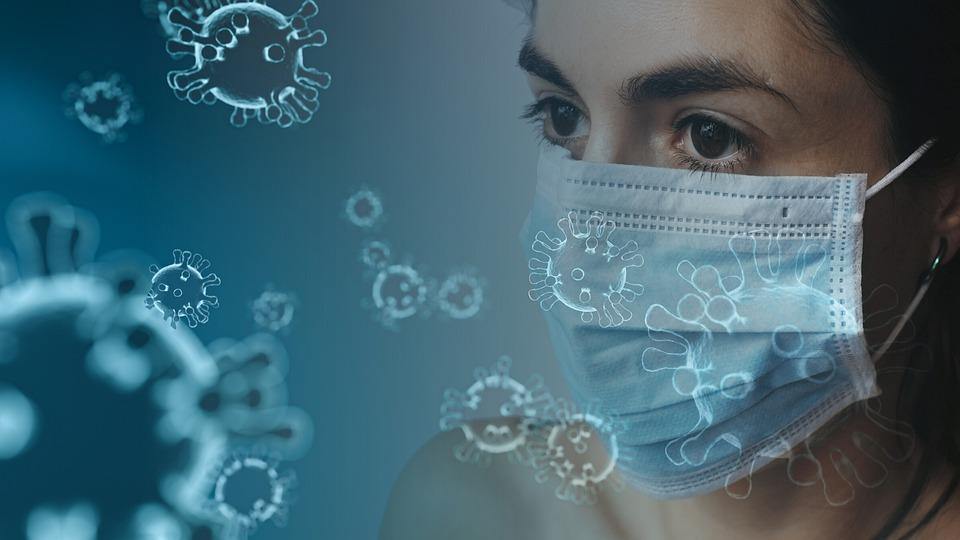
Wear mask correctly: see how to do it, without risks
We never imagined that this accessory would be part of our daily lives, but the truth is that wear mask nowadays it is even fundamental in some cases and mandatory in others. Still, there are many doubts about the correct way to do it and proof of this is what we see all over the place: nose sticking out, mask too wide or stuck to the chin, just to give a few examples.
The use of a mask is, in fact, a primordial measure to avoid a potential infection by COVID-19 and help to slow down the pace, to flatten the so-called curve of this second peak that Portugal – and the world – is going through.
Doing it right and fighting for it is not merely a whim, but a matter of public health, not just to protect you, but, above all, to protect the elderly or those with pre-existing illnesses, that can make them more prone to serious illness.
Different types of mask
Note that there are three types of masks:
- Respirators: the so-called FFP (Filtering Face Piece) is personal protective equipment for health professionals, in accordance with DGS Standard 007/2020;
- surgical masks: personal protective equipment that prevents the transmission of infectious agents from people wearing the mask to others;
- Non-surgical masks, also called community or social masks: made from different textile materials, intended for the general population, not certified.
At Brasão Rosa, you will find the first two types of masks mentioned, at affordable prices.
When should you wear a mask?
In Portugal, the use of a mask is mandatory in several situations. Attention:
- In closed places, such as shops, restaurants and establishments and service providers, services and buildings serving the public, teaching establishments and day care centers and public transport;
- On the street, whenever it is not possible to guarantee the physical distance recommended by the health authorities – except for children under the age of 10;
- For all people who belong to risk groups, whether by age or by having a serious chronic disease.
There is also other personal protective equipment, too. available in our online store, which is the visor, which helps to protect the face. However, please note that the visor does not replace the mask. It should be used as an additional security add-on.
These are the precautions to take when using a mask.
What to do before putting it on, how to use it and how to remove the mask are questions that raise more questions than you might think. So we want you to be aware of the proper procedures.
Before putting on the mask
You should start by hand sanitizing with soap and water or, if not possible, with an alcohol-based solution. Next, check which side to put on facing the face and which side faces outwards, bearing in mind that the flaps on the outside are always facing downwards.
How to put on the mask
Now that you are ready, hold the mask by the rubber bands and secure it to your head with the strings, tying each one in a loop, or with the rubber bands, without crossing them. If the mask has it, adjust the flexible band on the bridge of the nose, ensuring that the mouth, nose and chin are covered and without “leakage”.
During use, you should avoid touching the mask and, whenever you do, try to sanitize your hands afterwards. If you need to talk, cough or sneeze, you should always do it with your mask on.
How to remove the mask
Disposable masks typically have a shelf life of four hours, or less if left wet. In the case of reusable masks, follow the instructions indicated on the packaging.
Remove the mask by holding the laces or rubber bands from the back without touching the front of the mask. Disposable items go to the common trash and social items should be placed in a proper place to be washed. Wash your hands immediately.
We remind you that the use of masks in the community it is an additional measure of protection, which is why it must continue to comply with the rules of social distance, respiratory etiquette and hand hygiene.
Take care of yourself, to take care of everyone.


